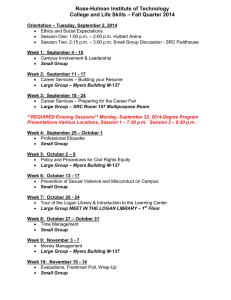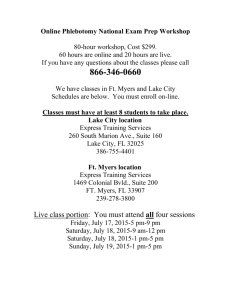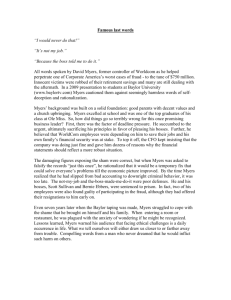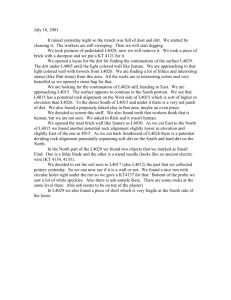Ctenomys boliviensis Bolivian Tuco-tuco
advertisement
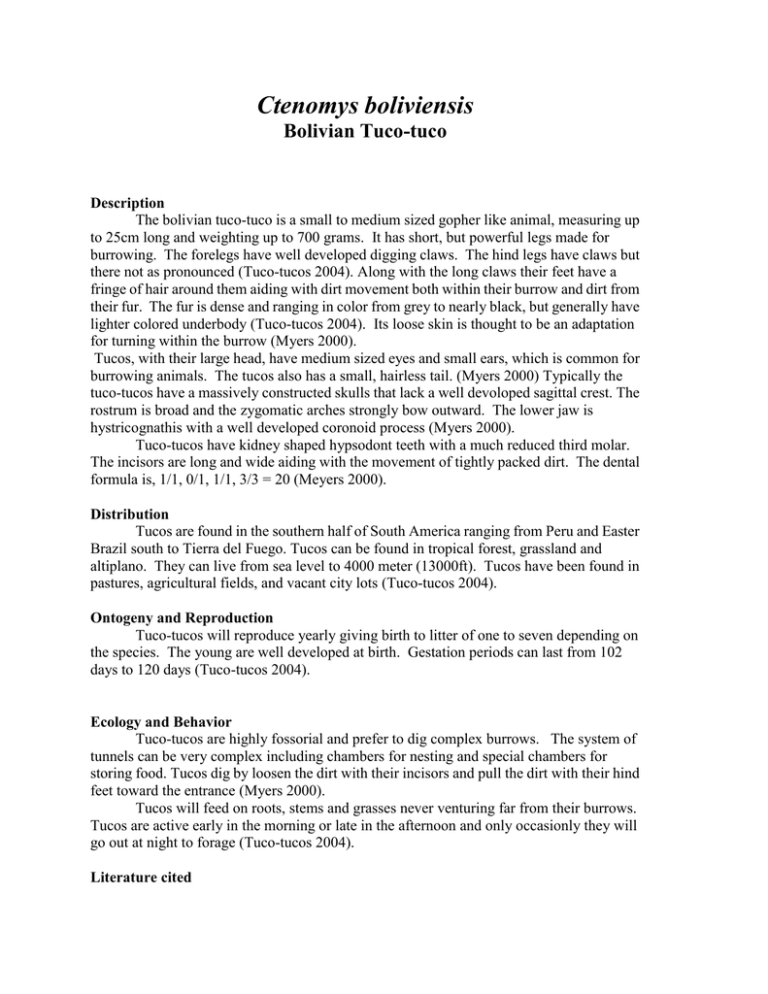
Ctenomys boliviensis Bolivian Tuco-tuco Description The bolivian tuco-tuco is a small to medium sized gopher like animal, measuring up to 25cm long and weighting up to 700 grams. It has short, but powerful legs made for burrowing. The forelegs have well developed digging claws. The hind legs have claws but there not as pronounced (Tuco-tucos 2004). Along with the long claws their feet have a fringe of hair around them aiding with dirt movement both within their burrow and dirt from their fur. The fur is dense and ranging in color from grey to nearly black, but generally have lighter colored underbody (Tuco-tucos 2004). Its loose skin is thought to be an adaptation for turning within the burrow (Myers 2000). Tucos, with their large head, have medium sized eyes and small ears, which is common for burrowing animals. The tucos also has a small, hairless tail. (Myers 2000) Typically the tuco-tucos have a massively constructed skulls that lack a well devoloped sagittal crest. The rostrum is broad and the zygomatic arches strongly bow outward. The lower jaw is hystricognathis with a well developed coronoid process (Myers 2000). Tuco-tucos have kidney shaped hypsodont teeth with a much reduced third molar. The incisors are long and wide aiding with the movement of tightly packed dirt. The dental formula is, 1/1, 0/1, 1/1, 3/3 = 20 (Meyers 2000). Distribution Tucos are found in the southern half of South America ranging from Peru and Easter Brazil south to Tierra del Fuego. Tucos can be found in tropical forest, grassland and altiplano. They can live from sea level to 4000 meter (13000ft). Tucos have been found in pastures, agricultural fields, and vacant city lots (Tuco-tucos 2004). Ontogeny and Reproduction Tuco-tucos will reproduce yearly giving birth to litter of one to seven depending on the species. The young are well developed at birth. Gestation periods can last from 102 days to 120 days (Tuco-tucos 2004). Ecology and Behavior Tuco-tucos are highly fossorial and prefer to dig complex burrows. The system of tunnels can be very complex including chambers for nesting and special chambers for storing food. Tucos dig by loosen the dirt with their incisors and pull the dirt with their hind feet toward the entrance (Myers 2000). Tucos will feed on roots, stems and grasses never venturing far from their burrows. Tucos are active early in the morning or late in the afternoon and only occasionly they will go out at night to forage (Tuco-tucos 2004). Literature cited “Tuco-tuco." Encyclopedia Britannica. 2004. Encyclopedia Britannica Premium Service. 26 Oct. 2004 <http://www.britannica.com/eb/article?tocId=9073684>. Myers, P. 2000. "Ctenomyidae" (On-line), Animal Diversity Web. Accessed October 28, 2004 at http://animaldiversity.ummz.umich.edu/site/accounts/information/Ctenomyidae.ht ml. Reference written by Matt Van Zeeland, Biology 378 student. Edited by Christopher Yahnke. Page last updated 08-01-05.

